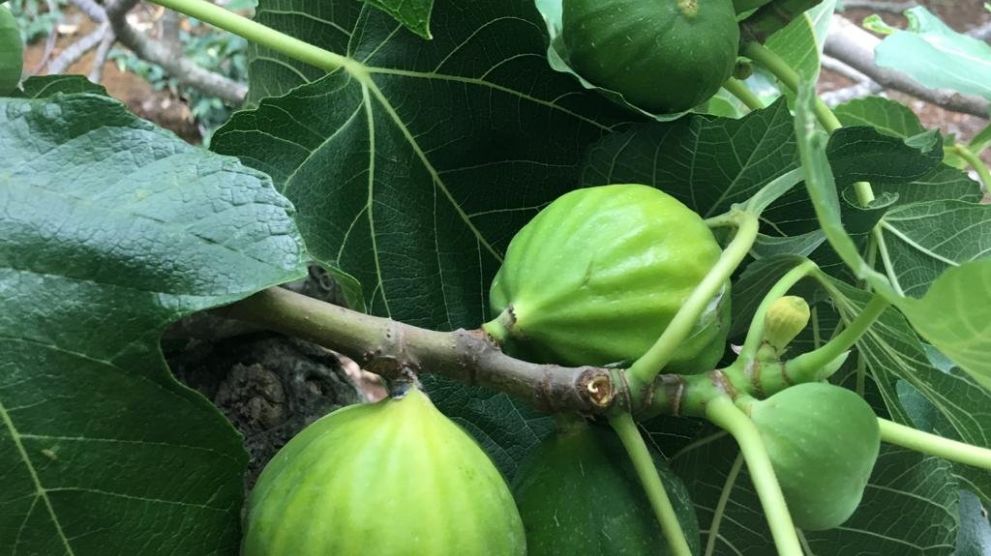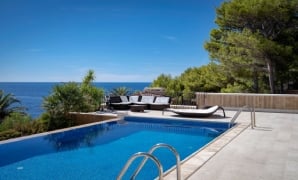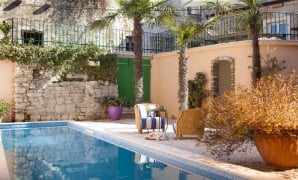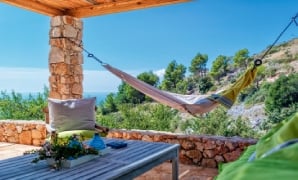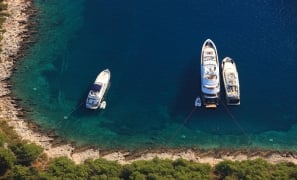Hvar, our small Garden of Eden in the Mediterranean, has a long and proud agricultural tradition. What we know for sure is that ancient Greeks brought olives and vines some 25 centuries ago, and found that the large plain in the centre of the island provided everything they needed. The large plain, called Stari Grad Plain or Ager was the virtual bread basket of the island, sustaining life for centuries and centuries.
That plain is a story in itself: ancient Greeks called it Khora Pharu, Romans that came after them called it Ager Pharensis, its Medieval name vas Campus Sancti Stephani or the Plain of St. Stephen. Names changed, but its purpose remained. And its basic architecture remained basically unchanged, which is why the plain is now under UNESCO protection. Greeks divided it into rectangular plots bounded by stone walls. Centuries passed, big historical events unfolded, the Plain remained just as the Greeks built it – and its persistence is why today we have almost 120 archaeological sites, dating from Prehistory to Middle Ages.
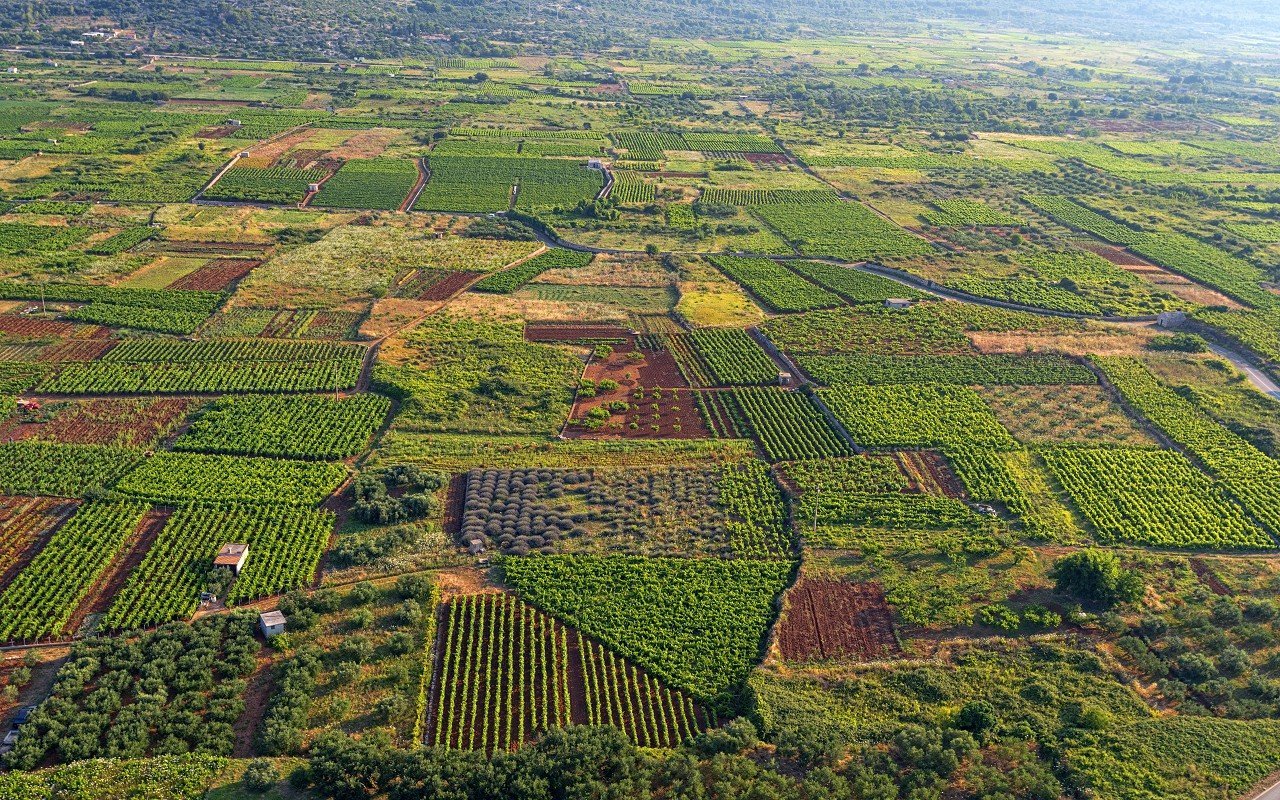
We could talk for ages about the Plain and its importance, but for now, we invite you to visit it when on Hvar. It’s a rare privilege to be able to walk the same footsteps walked 2500 years ago, and to know that, no matter what technological advances humanity achieved, this place retained its purpose and mission. It still feeds Hvar.
So, what grows on Plain?
A lot of things Hvar prides itself. For one, it’s the main home for Hvar wines. Yes, there are different locations on the island and various vineyards are dotting the Hvar landscape from north to south side of the island, but this is the real heart of Hvar, and the place from where winemaking started.
If you are a foodie or winelover, Hvar has a lot to offer, and if you know where to look, a lot of what Hvar offers will be indigenous, local and made on Hvar. Hvar is world-famous for its indigenous wines, the one mostly recognized being Plavac Mali. Plavac Mali is a red variety, high in alcohol, tannins and flavour. It is a close cousin of more known Zinfandel. Plavac Mali can be enjoyed in various styles. The one most recognized was a bit rustic in taste, with dark berries, pepper and spice flavors. Recently some visionaries have found new styles for this stubborn Dalmatian variety, with more elegance and sophistication.
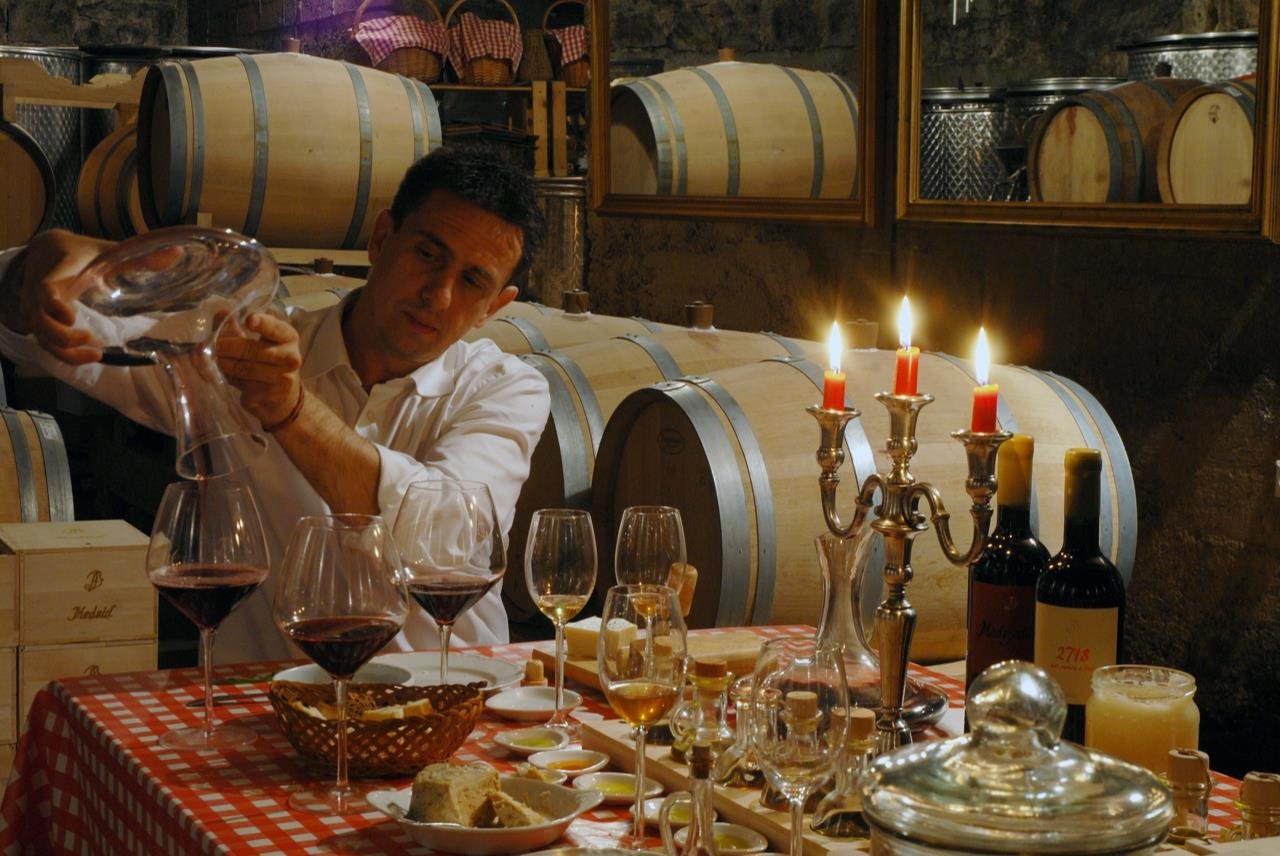
There are great white wines, also, for most part indigenous to Hvar. Prč, Bogdanuša, Maraština and Pošip (and Grk also) are typical Hvar varieties, fruity, refreshing, and usually dry. If you’re looking for wine to go with a summer night full of laughs, these are the ones to buy.
If you’re more of a natural wine afficionado, or you prefer your wines to be enjoyed with more contemplation, with a cigar, or during a long winter nights (which, if poets are to believed) invite thoughtfulness and philosophy, go for the macerated or amber wines selection. These are made with those same white varieties (Maraština, Bogdanuša, Pošip), but are orange (or amber). And a lot different!
Let’s now explore the food of Hvar!
Aside from fish, which is plentiful, Hvar offers a lot of different tastes. There are figs, which can be enjoyed throughout the year since they are dried and preserved for the winter. There are also almonds or omenduli, olives (which we covered in our last blog), carobs which are used in cakes really a lot.
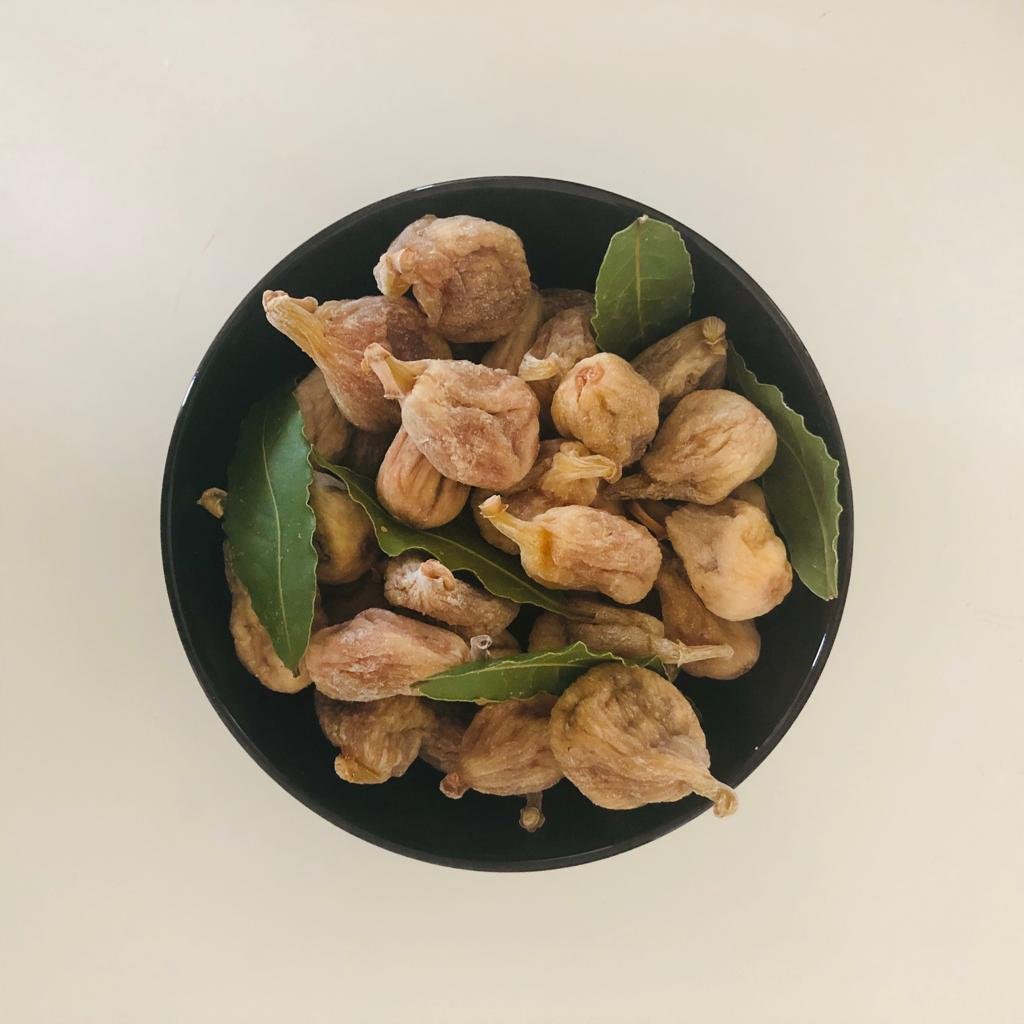
There are also capers or kapari, which are prepared in dozen of ways, and are a staple in every Hvar kitchen. During these colder months, oranges and lemons from Hvar are the thing to have in your kitchen all over Croatia, and that is just one of the reasons to visit Hvar during off season.

Have you read something you like? Are you interested in wine tour, or in our tailor made recommendations? Contact us – this is the service we gladly provide to all our guests.
